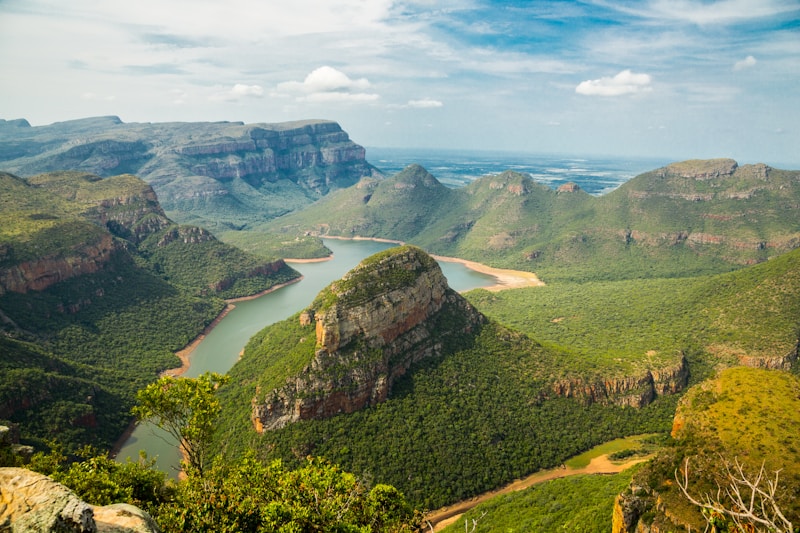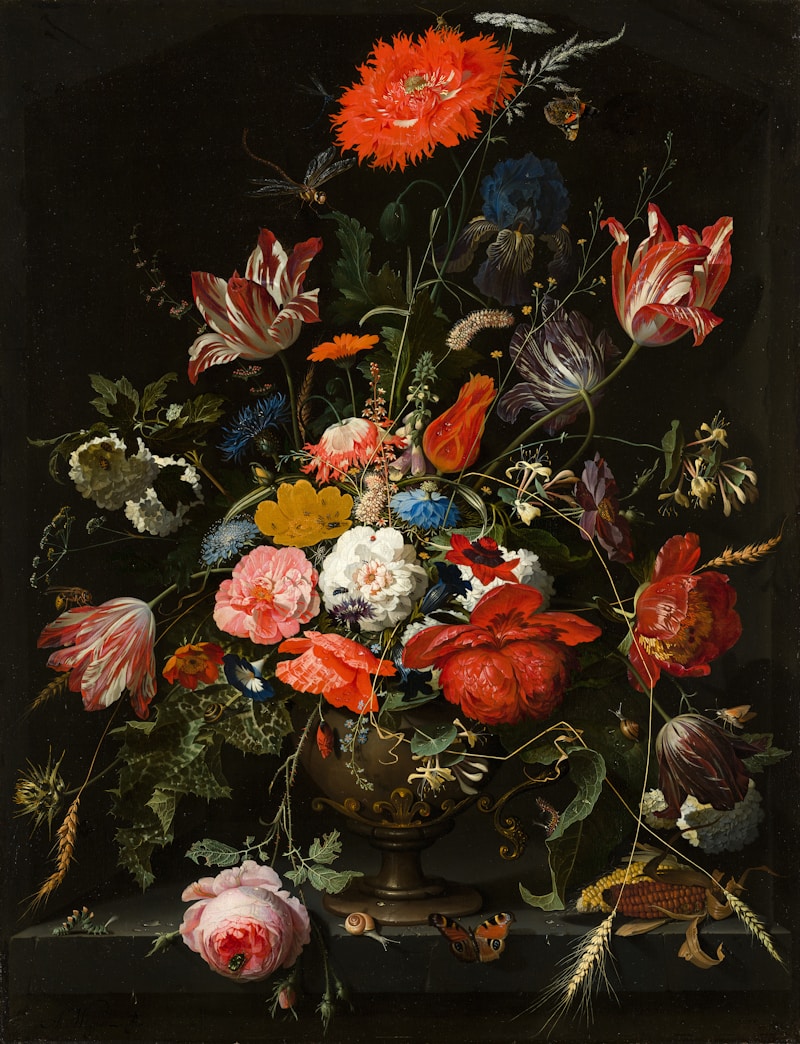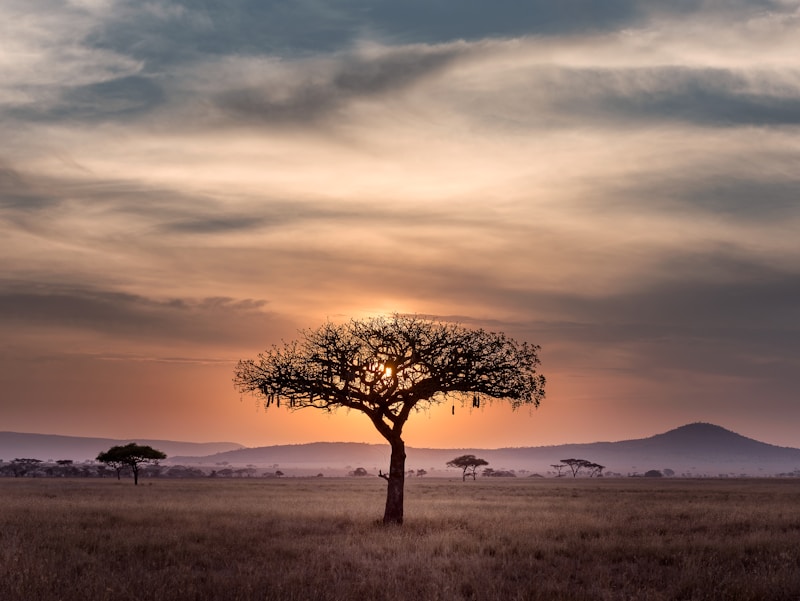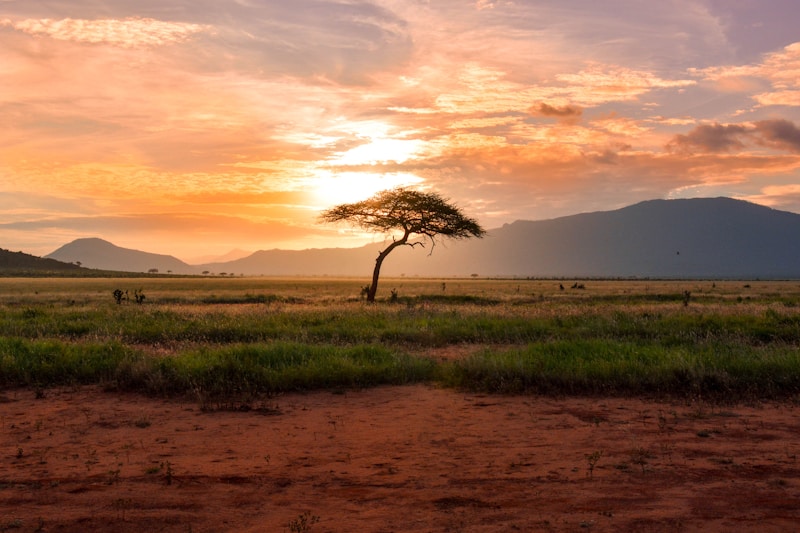The Shona People
Builders of Great Zimbabwe - Masters of Mbira Music - Stone Architecture Legacy
Who Are the Shona?
The Shona are the largest ethnic group in Zimbabwe, comprising approximately 80% of the country's population with over 14 million people. They are the descendants of the builders of Great Zimbabwe, the magnificent stone city that served as the capital of the Kingdom of Zimbabwe (11th-15th centuries) and remains Africa's most impressive medieval stone structure south of the Sahara. The Shona speak various dialects of chiShona, a Bantu language, and organized themselves historically into numerous kingdoms including the Mutapa, Rozvi, and Ndau states. Renowned for their mbira music (thumb piano), stone sculpture, and sophisticated agricultural systems, the Shona developed a rich cultural heritage that continues to influence Zimbabwean national identity. Their traditional religion centers on ancestor veneration and the supreme deity Mwari, with spirit mediums (n'anga and svikiro) playing crucial roles in connecting living communities with ancestral spirits.
Great Zimbabwe and Ancient Kingdoms
The Kingdom of Zimbabwe (1220-1450 CE) represented one of medieval Africa's most powerful states, controlling gold and ivory trade routes between the interior and the Indian Ocean coast. The capital, Great Zimbabwe, housed up to 18,000 people at its peak, featuring monumental dry-stone architecture including the famous Great Enclosure with its 250-meter-long curved wall. The kingdom's wealth derived from gold mining, cattle herding, and trade with Swahili coastal cities and eventually Arabia, India, and China—Chinese ceramics and Persian glass beads excavated at the site prove these connections. After Great Zimbabwe's decline, the Mutapa Empire (15th-19th centuries) emerged, controlling vast territories and continuing the gold trade. The Rozvi Empire later dominated the region until the 19th century Ndebele invasions, maintaining stone-building traditions at sites like Khami and Danangombe.
Mbira Music and Spiritual Connection
The mbira dzavadzimu (mbira of the ancestors) represents the soul of Shona musical culture. This thumb piano, featuring 22-28 metal keys mounted on a wooden board placed inside a gourd resonator, produces hypnotic, cyclical melodies that facilitate spiritual communication. During bira ceremonies, mbira music plays continuously for hours, inducing trance states in spirit mediums (svikiro) who become possessed by ancestral spirits (midzimu) or lion spirits (mhondoro). These ceremonies address community concerns, from drought to illness to social conflicts, with ancestral spirits providing guidance through possessed mediums. Mbira music follows complex patterns with multiple interlocking melodic lines, demonstrating mathematical sophistication. The tradition inspired chimurenga music during Zimbabwe's liberation struggle and influences contemporary world music, with Thomas Mapfumo and Stella Chiweshe gaining international recognition.
Traditional Religion and Ancestor Veneration
Shona traditional religion centers on Mwari (the supreme creator) who remains distant from daily affairs, with ancestor spirits serving as intermediaries. Vadzimu (family ancestors) watch over their descendants, requiring regular respect through offerings and ceremonies. More powerful mhondoro (lion spirits) represent ancient chiefs and clan founders, protecting entire regions and speaking through mediums on matters affecting whole communities. The n'anga (traditional healer) diagnoses illness, divines causes of misfortune, and prescribes remedies using herbal medicine and spiritual interventions. Sacred sites include caves, mountains, and pools where people make offerings to ancestors and territorial spirits. Despite widespread Christianity, traditional practices persist—many Shona people integrate both belief systems, attending church while maintaining ancestor veneration.
Art, Sculpture, and Cultural Expression
Shona stone sculpture emerged as a globally recognized art form in the 1950s-60s, though its roots extend to ancient traditions. Sculptors working in springstone, serpentine, and verdite create powerful abstract and figurative works exploring themes of spirituality, transformation, and human experience. Artists like Joram Mariga pioneered the contemporary movement, with works displayed in museums worldwide. Traditional Shona arts include pottery, basket weaving, wood carving, and body decoration. Totems (mutupo) organize Shona society into clan groups, each identified with specific animals that members cannot eat—over 60 totems exist, regulating marriage and social relationships. Oral literature thrives through folktales featuring Hare the trickster, historical narratives, praise poetry, and proverbs encoding wisdom and social values.
Modern Shona Culture and Challenges
The Shona played a central role in Zimbabwe's liberation struggle against white minority rule, with spirit mediums providing spiritual legitimacy to fighters and ancestral guidance interpreted as supporting independence. Post-independence Zimbabwe (1980) recognized chiShona as an official language alongside English, and Shona culture gained prominence in national identity. However, economic challenges, political instability, and environmental pressures strain traditional livelihoods. Many Shona people balance traditional farming with urban employment, maintaining strong family networks that support members across rural-urban divides. The Shona diaspora in South Africa, Botswana, the UK, and North America remains culturally connected, with churches and associations preserving language and traditions. Great Zimbabwe, a UNESCO World Heritage Site, serves as a powerful symbol of African achievement and Zimbabwean national pride, featured on the national flag and currency.
Image Gallery





